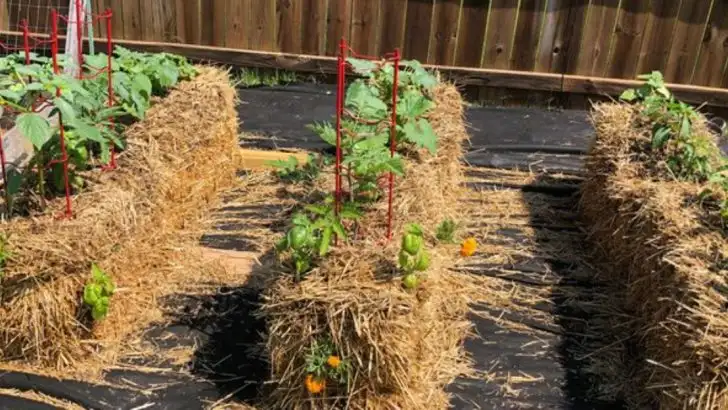No soil? No problem. Straw bale gardening is a brilliant no-dig method that turns simple bales into self-contained, nutrient-rich growing beds — perfect for patios, poor soil areas, or gardeners who want less bending and weeding.
In this article, you’ll discover 11 practical tips to help you grow vegetables directly in straw bales, from conditioning the bales properly to choosing the right crops and maintaining consistent moisture and nutrients. It’s surprisingly easy, space-efficient, and great for beginners and seasoned gardeners alike.
Say goodbye to tilling and hello to a cleaner, smarter way to garden — straight from the bale.
Choose the Right Straw Bales
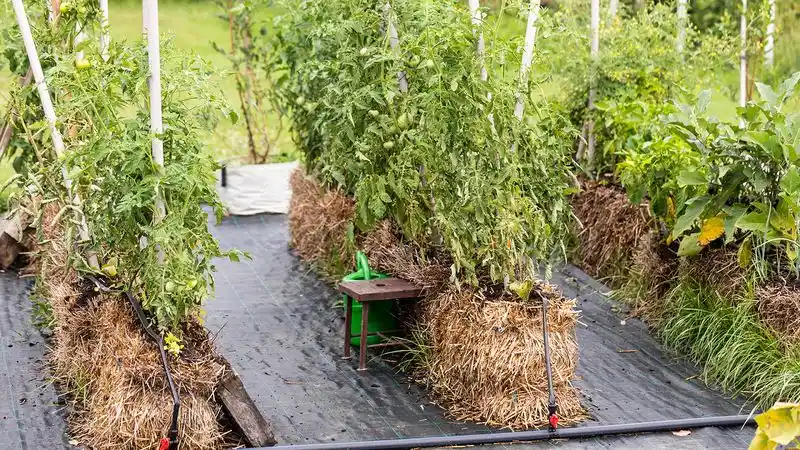
Selecting the right straw bales is crucial for a successful garden. Opt for straw, not hay, to minimize unwanted seeds. Wheat or oat straw are excellent choices because they decompose well. Ensure the bales are tightly packed and free from mold, as loose or moldy bales may not support plant growth effectively. A trip to a local farm store can provide insight into quality options. Check the bales for moisture content; too damp can lead to rotting while too dry can hinder decomposition.
Condition Your Bales
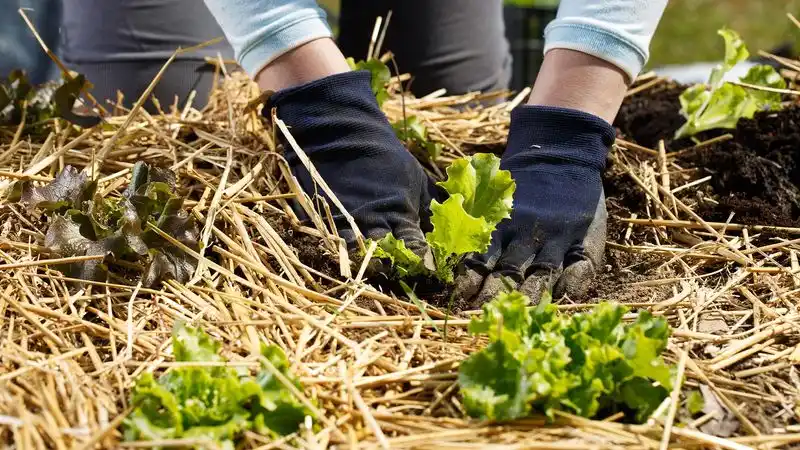
Conditioning transforms straw bales into an ideal growing medium. Start by watering the bales thoroughly for a week. This initiates the decomposition process, essential for nutrient release. After a few days, apply a high nitrogen fertilizer to accelerate decomposition. Keep the bales moist but not saturated throughout the conditioning process. The internal temperature will rise, a sign that microorganisms are active. Allow the bales to cool before planting. This two-week preparation period lays the foundation for thriving plants.
Select Suitable Vegetables
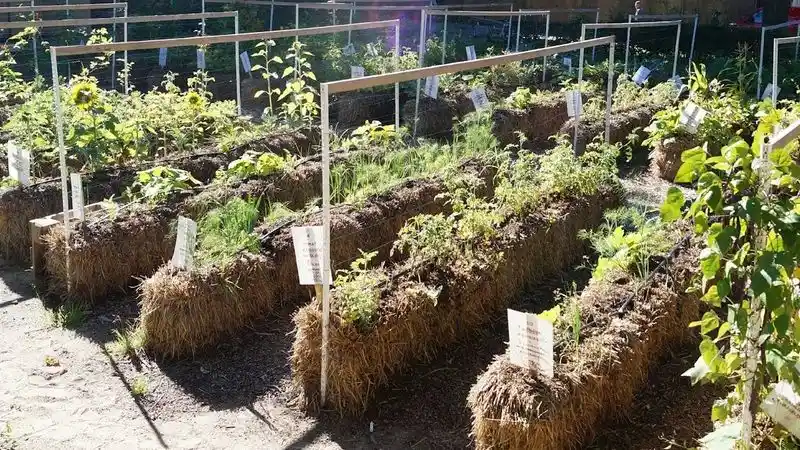
Some vegetables thrive better in straw bales than others. Tomatoes, peppers, and zucchini are excellent candidates due to their root structure and growth habits. Conversely, root vegetables like carrots might struggle in this medium. Consider the local climate and season when selecting vegetables. Straw bales offer a slightly warmer environment, beneficial for warm-season crops. Plan a diverse selection to maximize yield and enjoy a vibrant garden. The right choices lead to a bountiful harvest and a rewarding gardening experience.
Proper Bale Placement
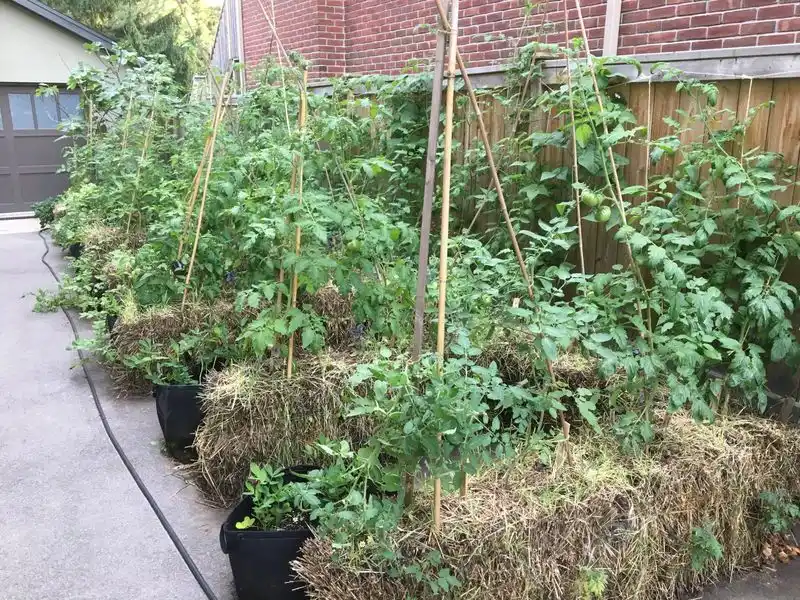
Positioning straw bales effectively influences plant health and productivity. Choose a sunny spot with at least six to eight hours of direct sunlight daily. Ensure there’s adequate spacing between bales for air circulation and plant access. Consider the garden’s layout and how bales fit within the space. Accessibility is key; place bales where they can be easily watered and maintained. Avoid placing them directly on grass to prevent moisture absorption from the ground, potentially leading to rotting.
Watering Techniques
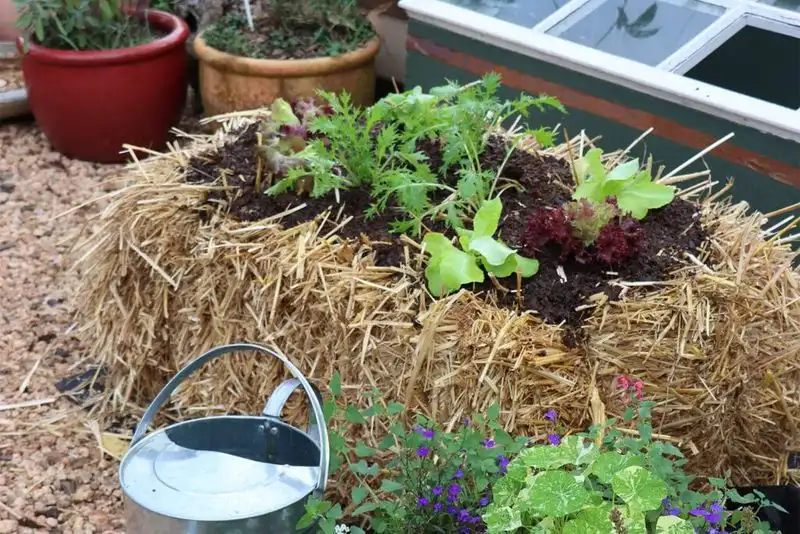
Efficient watering ensures healthy plants and prevents over-saturation. Drip irrigation is ideal, providing consistent moisture without soaking the bales. If hand watering, aim for a slow, even flow to thoroughly wet the bales. Early morning watering helps prevent evaporation and fungal issues. Regularly check the moisture level by inserting a finger into the bale; it should feel damp but not soggy. Adjust watering frequency based on weather conditions, as bales dry out faster than traditional soil.
Use of Organic Fertilizers
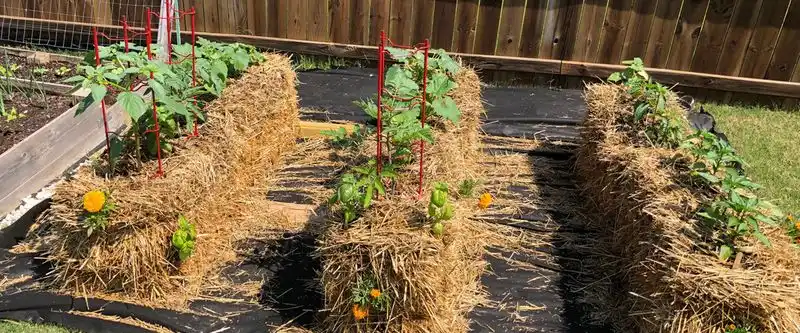
Enhance plant growth with organic fertilizers, promoting sustainability and soil health. Use compost tea or fish emulsion, applying directly to the straw bale surface. These nutrients support plant development without chemical residues. Regular applications ensure a steady nutrient supply, particularly important as the bales decompose. Monitor plant health and adjust the fertilizer type or frequency as needed. The organic approach not only boosts growth but also contributes to an eco-friendly garden.
Pest Management
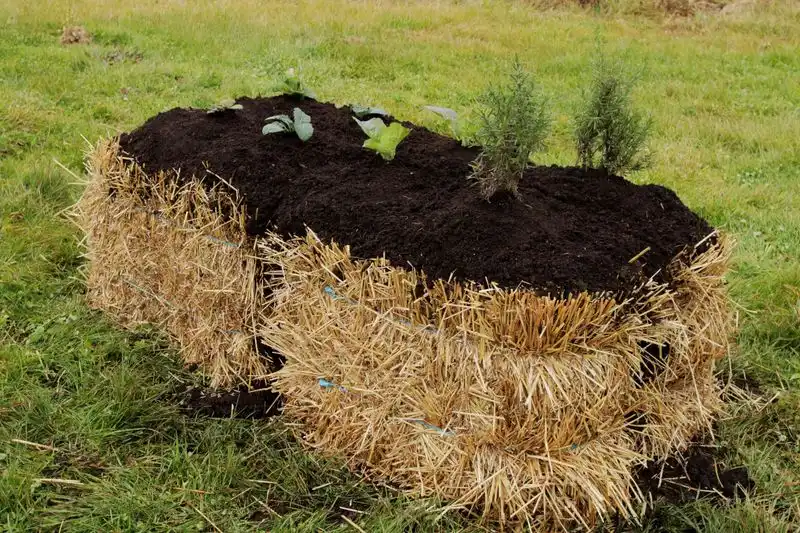
Straw bales can attract pests, but natural methods effectively manage them. Inspect bales regularly for signs of insects or disease. Introduce beneficial insects like ladybugs to control aphid populations. Neem oil is a reliable organic pesticide, deterring common pests without harming beneficial organisms. Keep the garden clean of debris where pests may hide. Creating a balanced ecosystem within the garden minimizes the need for intervention and supports healthy plant growth.
Support for Climbing Plants
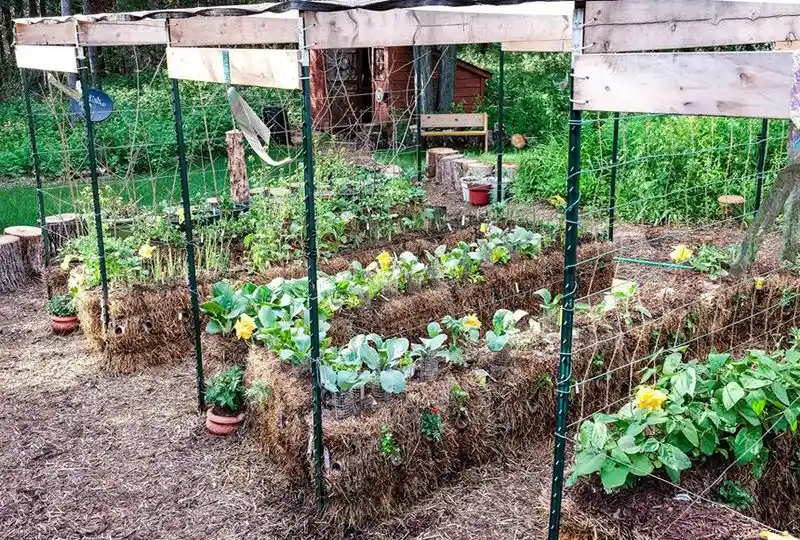
Climbing plants benefit from added support, ensuring proper growth and fruit production. Use trellises or stakes to guide plants like tomatoes and cucumbers. Secure supports directly in the bales or adjacent soil. This keeps the vines elevated, improving air circulation and sun exposure. As plants grow, train them gently onto the structures. Regular adjustments may be needed to accommodate growth. Supporting plants not only aids in their health but also optimizes space and yield in the garden.
Rotate Crops Seasonally
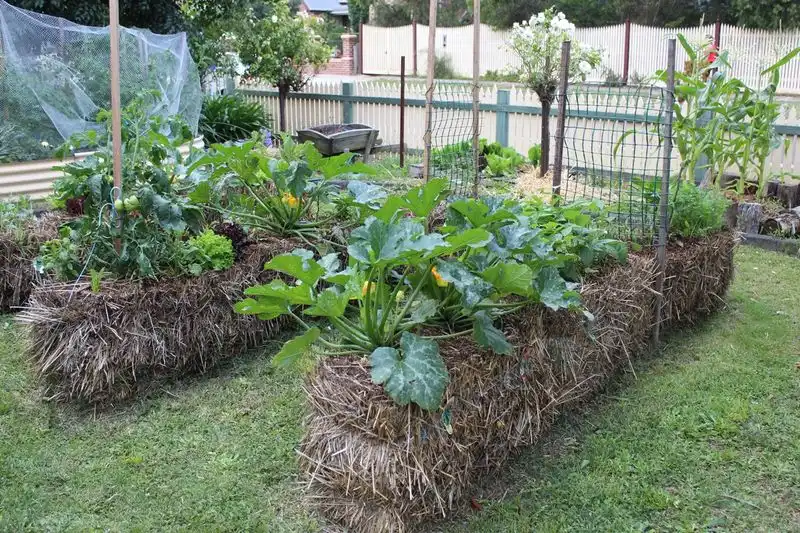
Rotating crops maintains soil health and prevents nutrient depletion. Change plant types each season within the bales to manage nutrient demands and disrupt pest cycles. For example, follow heavy feeders like tomatoes with nitrogen-fixing legumes. Crop rotation also reduces disease risk by altering the plants’ environment. Plan rotations based on vegetable families and growth patterns. This strategic cycling ensures bales remain productive and reduces the need for excessive fertilization.
Incorporate Companion Planting
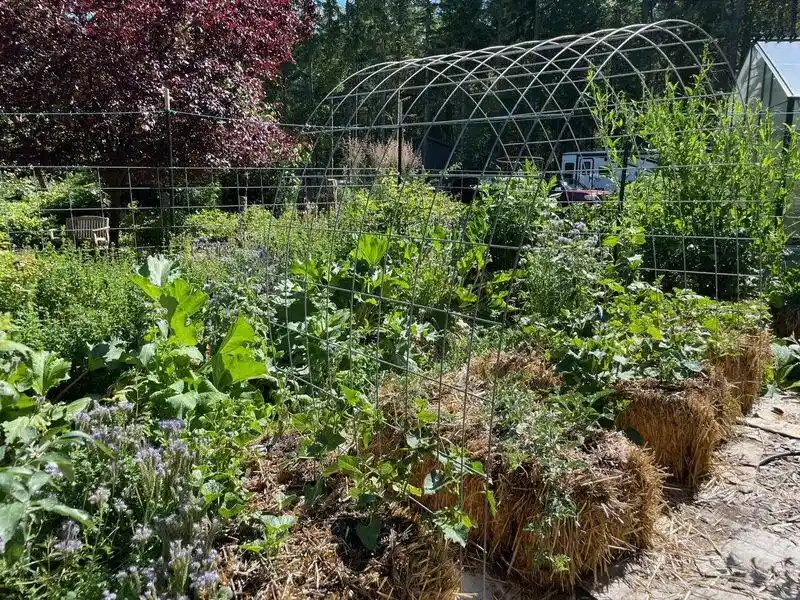
Companion planting leverages beneficial plant relationships to enhance growth and deter pests. Pairing marigolds with vegetables can repel harmful insects. Basil near tomatoes may improve flavor and growth. Strategically choose plant combinations that support each other’s needs, optimizing space and resources. This method also promotes biodiversity, contributing to a balanced garden ecosystem. As plants interact, they create a symbiotic environment, reducing the need for chemical interventions.
Monitor Decomposition and Replenish
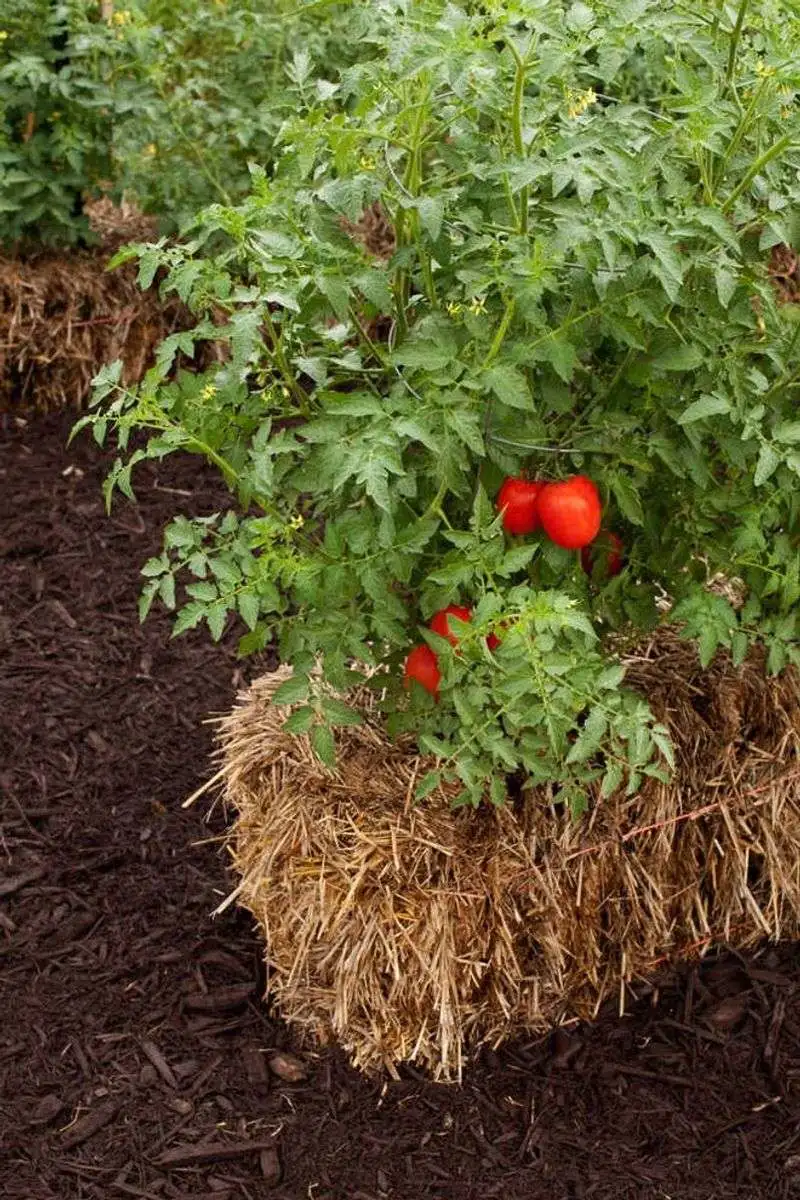
Straw bales decompose over time, affecting their structural integrity. Regularly assess the state of the bales, especially mid-season. Add fresh straw or organic matter to replenish and maintain their form. This ensures they continue to support plant growth effectively. Decomposition is an expected part of the process, contributing nutrients to plants. Maintaining bale structure enhances the longevity of your garden and ensures continued productivity.

